I started performing improvisational theater in 2005. Nowadays, I’m the main organizer of the SpontanOL festival in Germany and often give workshops on many different topics. For example, for companies I give workshops where the main topic is teamwork through applied improvisation, for the social association Caritas I give seminars for seniors on the topic of agility in old age, and for the Goethe Institute I coach creative language learning. For some time now, I’ve also been working for the Psychological Service at the University of Oldenburg where I help students deal with social fears and insecurities when speaking freely. They learn to strengthen their self-confidence in social situations, and they learn to be calm, at ease and considerate to themselves. Finally, they learn spontaneity: being flexible in unfamiliar situations.
In all these seminars and workshops I use the methods of improvisational theatre and transfer them to both everyday and professional situations. So why is the approach and technique of improvisational theatre so applicable and helpful in psychological and educational fields of work? In short, what is the power of improv?
As we all know, in everyday life, we are faced with unpredictable situations in which we have to be spontaneous. We have to improvise in order to do the right thing at the moment. So how do we deal with situations that cannot be planned? Do we face resistance, stress, rejection? Or do we reorient ourselves, question ourselves, try a different path? Irritation or inspiration?
My colleague Isolde Fischer, an improv trainer from Mannheim, puts it succinctly: "The opposite of playing is not work, but depression." This statement has a very clear perspective to it. In improvisational theater we learn to be in the moment and thus to stop judging.
Dealing with situations in a playful way in stage acting trains our inner attitude. In my courses I entice people to play. The approach, the associated ease, can be derived from a very simple principle - the word play.
In the following I would like to introduce Raymond van Driel's PLAY! model:
L (Leaping) - Take a risk and get fully involved in the situation.
A (Adaptation) - Be open to others and let them change you.
Y (Yes, and...) - Accept what is offered to you and develop it a little further.
! (Impact) - Be bold, passionate and committed!
The model contains a lot of content that improvisers regularly use and internalize, and when applied can have a big impact.
Being in the moment means that we try something out and only then evaluate it. We can address disturbing feelings and thereby expand our comfort zone. For example:
- Having the courage to "jump" into a scene, to take a step into unknown territory, is an essential and formative experience that is had in improvisational theatre games. We learn to take a step into risk and take responsibility.
- If we let go of our own ideas and expectations, a lot of stress is eliminated. If our focus (in the scene) is more on the other person than on ourselves and we both apply this attitude, we make each other look good. Let your partner shine!
- One of the key rules is without a doubt the "Yes, and..." rule. The important part of this is co-creation. We learn to accept reality and the unpredictable (not to sugarcoat it) and to shape it by being able to work with it.
This model summarizes the basics of improvisational theater in an impressive way.
If we act with full commitment in the application of improvisation, this attitude is transferred to our personality and we feel less irritation and more inspiration.
So in short: don't forget to PLAY.


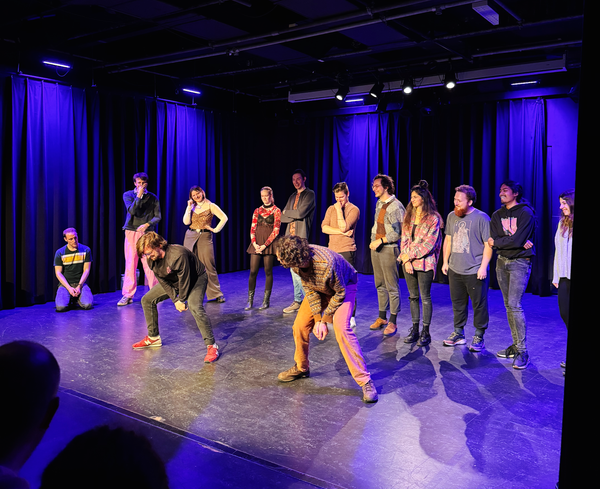
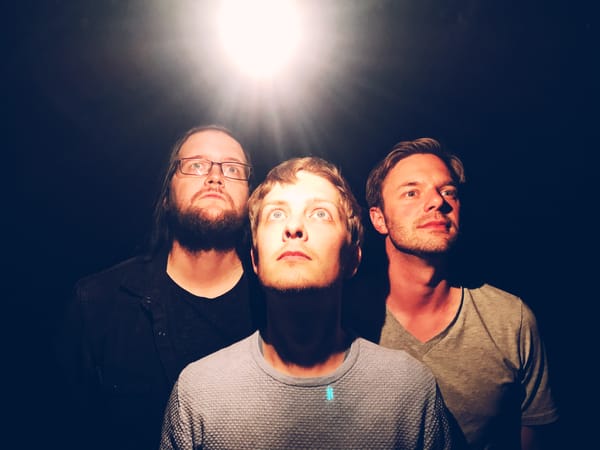
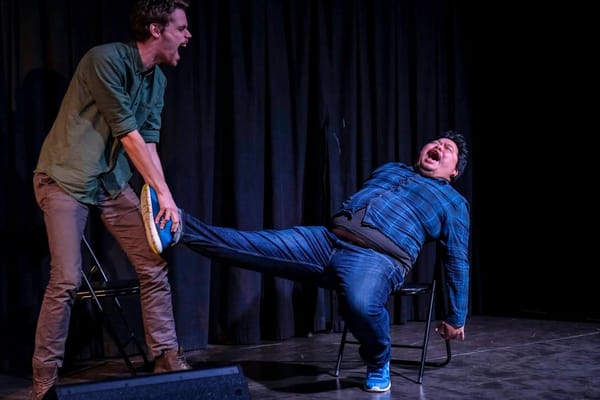
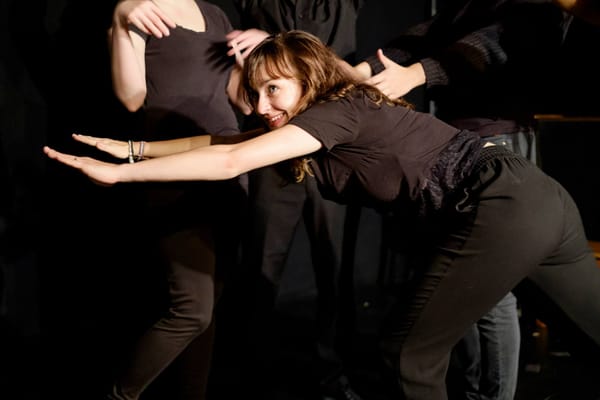
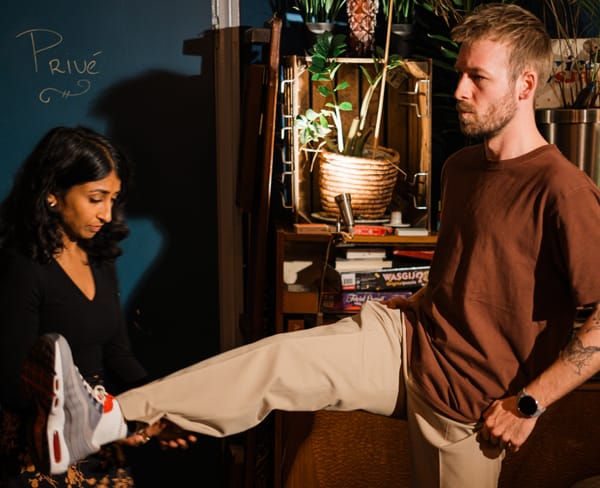
Member discussion